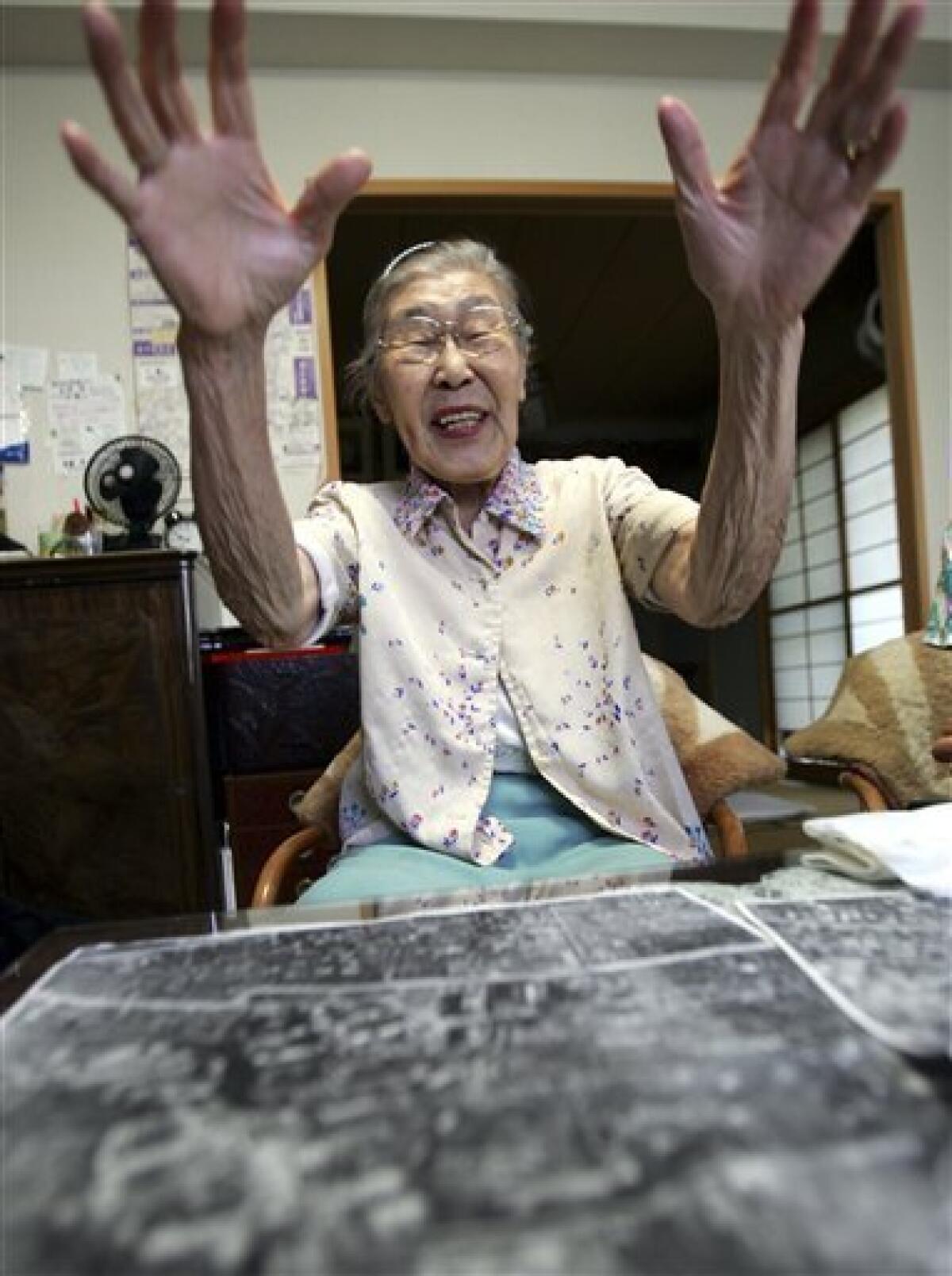Japan to dig site linked to WWII human experiments

Japan is excavating the site of a former medical school that may reveal grisly secrets from World War II.
The investigation begins Monday afternoon at the former school linked to Unit 731, a germ and biological warfare outfit during the war. Shadowy experiments conducted by the unit on war prisoners have never been officially acknowledged by the government but have been documented by historians and participants.
It is the first government probe of the Tokyo site, and follows a former nurse’s revelation that she helped bury body parts there as American forces began occupying the capital at the end of the war.
Health Ministry official Kazuhiko Kawauchi said the excavation is aimed at finding out if anything is buried in the plot.
“We are not certain if the survey will find anything,” Kawauchi said. “If anything is dug up, it may not be related to Unit 731.”
The former nurse, Toyo Ishii, now 88, broke 60 years of silence in 2006, saying she and colleagues at an army hospital at the site were ordered to bury numerous corpses, bones and body parts during the weeks following Japan’s Aug. 15, 1945, surrender before American troops arrived in the capital.
Her disclosure led to a face-to-face meeting with the health minister and a government pledge to investigate. The digging had to wait until the scheduled relocation of residents and the demolition of apartments on the site last year.
The site is close to another area where a mass grave of dozens of possible war-experiment victims was uncovered in 1989 during the construction of a Health Ministry research institute.
Any remains found at the planned excavation site would have a stronger connection to Unit 731, said Keiichi Tsuneishi, a Kanagawa University history professor and expert on biological warfare.
“The site used to be the research headquarters of Unit 731,” Tsuneishi said. “If bones are found there, they are most likely related to Unit 731.”
From its wartime base in Japanese-controlled Harbin in northern China, Unit 731 and related units injected war prisoners with typhus, cholera and other diseases to research germ warfare, according to historians and former unit members. Unit 731 also is believed to have performed vivisections and to have frozen prisoners to death in endurance tests.
The 1989 find revealed dozens of fragmented thigh bones and skulls, some with holes drilled in them or sections cut out. Police denied there was any evidence of criminal activity.
The ministry concluded that the bones could not be directly linked to Unit 731. It said the remains were mostly of non-Japanese Asians and were likely from bodies used in “medical education” or brought back from the war zone for analysis at the medical school.